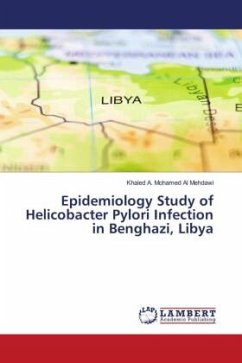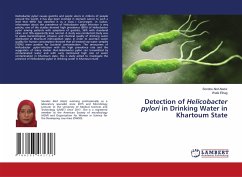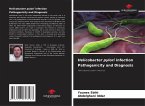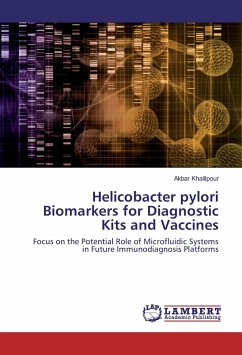H. pylori has an estimated prevalence of about half the world's population. H. pylori infection is now a particular concern in developing countries, it colonizes (70-90) % of the population. The annual incidence of H. pylori infection is about (4 -15) % in developing countries. The pattern of infection is an early childhood acquisition of H. pylori unless treated colonization persist lifelong. The vast majority of infections are asymptomatic. Transmission is from person-to-person, presumably oral-oral and/or faecal-oral. H. pylori is a small, spiral shaped, highly motile, gram negative rod with 4-6 unipolar sheathed flagella and production of large quantities of urease enzyme. The genetic diversity and variability of H. pylori is mirrored in the wide range of virulence factors. H. pylori can cause gastritis, gastric and duodenal ulceration (DU) and gastric cancer. The diagnostic tests for infection divided into : invasive tests which includes, histological examination, culture, rapid urease test and molecular tests and non-invasive tests, includes serum, whole blood, feces, expired air, saliva and urine. For a successful treatment, combined anti-bacterial therapy is needed.
Bitte wählen Sie Ihr Anliegen aus.
Rechnungen
Retourenschein anfordern
Bestellstatus
Storno








